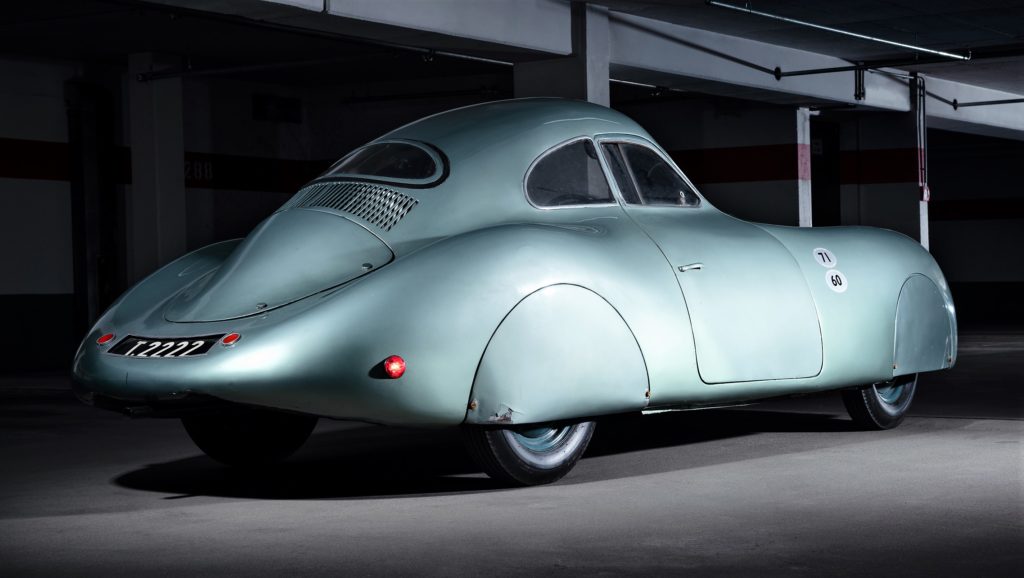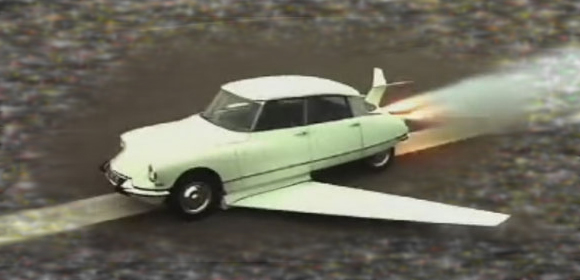By John Chassin…..
DS aerodynamics have been thoroughly covered — or almost. I suddenly remembered, as I was looking at a 1930s Porsche aluminium prototype and a Peugeot (very nice top of the line of the same era) — those cars had long pointy rear ends to avoid having to drag a partial vacuum at high speeds.


The DS design has a sharp truncated rear end that is an aerodynamic goodie. The arch between the roof and the rear window has a purpose.

The same that was found on the big-fat-ugly McDonnell Douglas supersonic F-4 Phantom that was originally tested with a pointy tail. Then it was found that chopping off the cone actually reduced the supersonic drag.

Well, the DS is far from being supersonic, but its aerodynamics do help quite a bit in fuel efficiency.
Another totally hidden trick is on the DS rear end. The seal between the roof and the rear window’s top is a rubber strip that seals only when the cabin’s inside pressure is lower than outside. As the car accelerates, a partial vacuum appears above the rear window and the cabin’s pressure is now higher. The seal opens and allows air flow to the outside. This creates multitudinous bounties:
- The cabin’s fresh air supply is highly encouraged. No need for a 2 kilowatt fan. Save fuel.
- The air flow surging above the rear window keeps it clean. Save soap.
- This creates a layer, a “blade” of moving aft air that reduces the rear end’s partial vacuum, therefore drag. Save petrol.
- This also reduces turbulent flow, hence noise. Save hearing.
Details. Another car has that? I doubt it very much.
Also see the article we featured in Citroenvie, July 22, 2020 — Proof That Bertoni Applied Kamm Tail Benefits to the Sleek DS.

